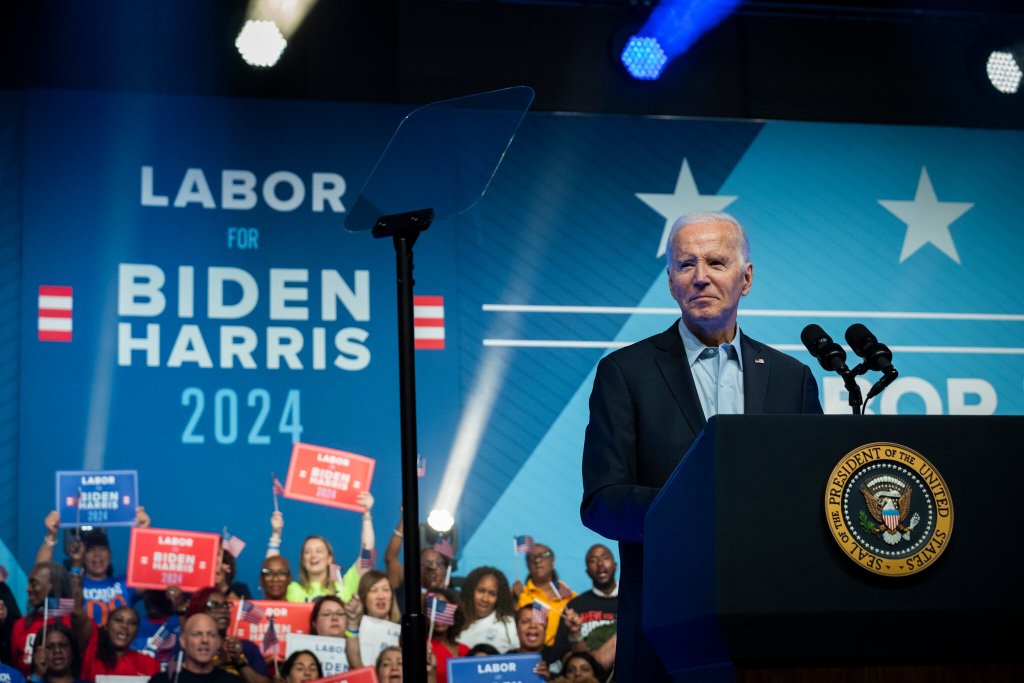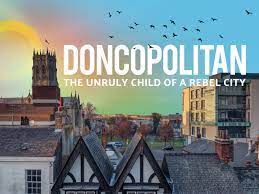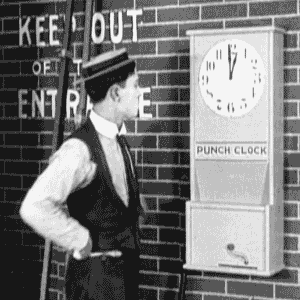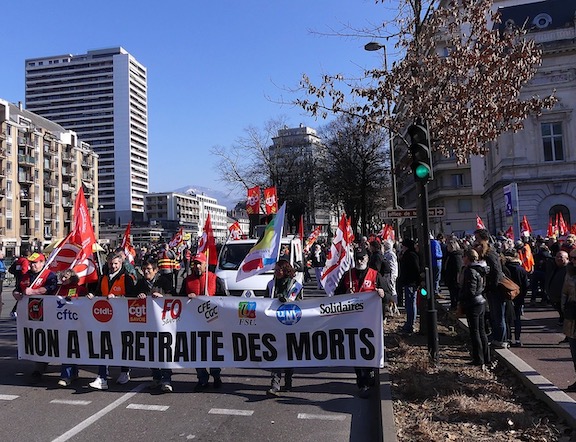Is Joe Biden, as he claims, the best friend workers have had in the White House either ever or since Franklin Delano Roosevelt? We could debate that all day, but the President and his administration at least deserve an “A” for effort. Recent decisions by the National Labor Relations Board (NLRB) and proposed rule changes by the Department of Labor (DOL) certainly indicate they might see Labor Day as more than a day off for a picnic.
The Biden NLRB has been the most aggressive in a generation in pushing the letter and spirit of the National Labor Relations Act into the workplace. Recently, they voided the Trump board’s slowdown on election timetables and restored the faster track of the Obama years. They also clarified the standards for determining unfair labor practice charges for employer activity, which Trump’s board had loosened. In a surprising move, they also broke new ground by defining some individual actions as concerted activity, a change from the past standard that required at least two or more workers acting in concert.
All of that pales next to their decision in the Cemex case. Thatdecision ordered the cement company to bargain with the Teamsters because its unfair labor practices tainted the election so severely that a fair rerun would be impossible. The ruling offers an path to union recognition without an election if a union can demonstrate majority support from the bargaining unit through a petition or union authorization cards signed voluntarily by the workers. Under the Cemex ruling, once a union asserts such a majority, employers would have two weeks to either begin the process of collective bargaining or file for an election with the NLRB. This is not a brand-new procedure, but it transfers the burden of filing for an election to the employer if they want to challenge a union’s demand for recognition.
Of course, Cemex will be appealed, so this is hardly over. In the meantime, though, it will be an option. It’s influence will be tested in a case filed by United Labor Unions against the New Orleans Regional Transit Authority (RTA). RTA withdrew recognition of a bargaining unit that they had de facto recognized for months and refused to continue bargaining on the renewal of the existing contract.
Not to be outdone, the Department of Labor also revived Obama-era efforts to increase the eligibility for overtime for salaried workers. The Obama administration recommended more than doubling the threshold salary under which companies be required to pay overtime to $50,000 a year, but that was overturned by court action. The Trump administration raised the level to about $35,500. The Biden DOL’s latest proposal would raise it to more than $55,000, which would qualify 3.5 million salaried workers for overtime after 40-hours. In an even bolder move, the new rule proposes to automatically adjust the level upward every three years. Of course, there’s a comment period, and many businesses, especially smaller enterprises are screaming. A compromise seems likely, but the level will increase. Even if DOL split the difference, $45,000 would be huge for many.
On the other hand, the federal minimum wage remains at $7.25. Businesses claim that the current standard is irrelevant, because so many workers earn more than that. But millions are still paid the minimum, and the hourly wages of millions more are set on scales that start at that level. Any proposed increase in the minimum wage would probably be dead-on-arrival in Congress, but if you want to be a labor president, you still need to make the effort.
Ultimately, we know, the only thing that really improves prospects for unionizing — and the better wages and working conditions that collective bargaining can yield — is actual organizing. But as we have seen for decades, the law can make that harder — or, we can always hope, easier. NLRB and DOL rulings provide reason to hope, and we will see if unions rise to the challenge. Will these rulings create a more even playing field for workers to join unions? Will union organizing increase?
That’s a harder question. The Amazon and Starbucks efforts that seemed so hopeful are now stalled or stunted. “Strike Summer,” as it’s been called with victories at UPS, strikes in Hollywood, and now a revived UAW threatening auto manufacturers have reestablished unions as bulwarks against exploitation by employers. Unions are experiencing a high-water mark in public support in most polls in the United States. It’s hard to predict the results of appeals of these NLRB decisions and the DOL’s response to comments on the overtime ruling. Within the labor movement, organizing departments have been decimated over the years, and rebuilding them will take time and resources that many may no longer have. Recent rulings don’t make things easy, but unions, activists, and workers have to organize to take advantage of any of these administration initiatives. That’s the biggest challenge — and the most important.
Wade Rathke, Acorn International









